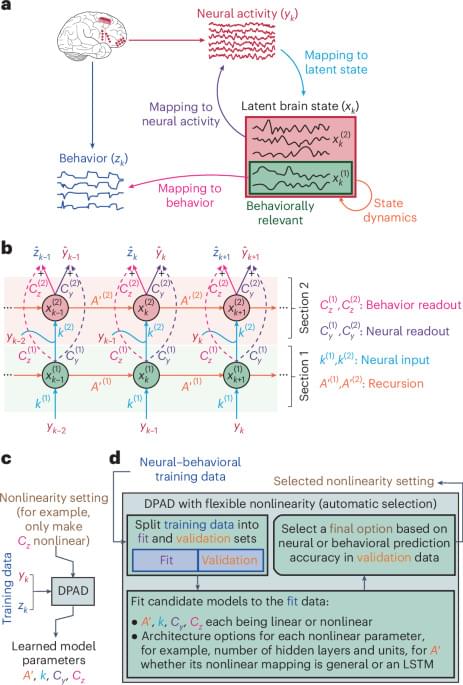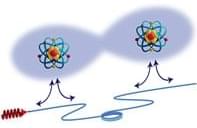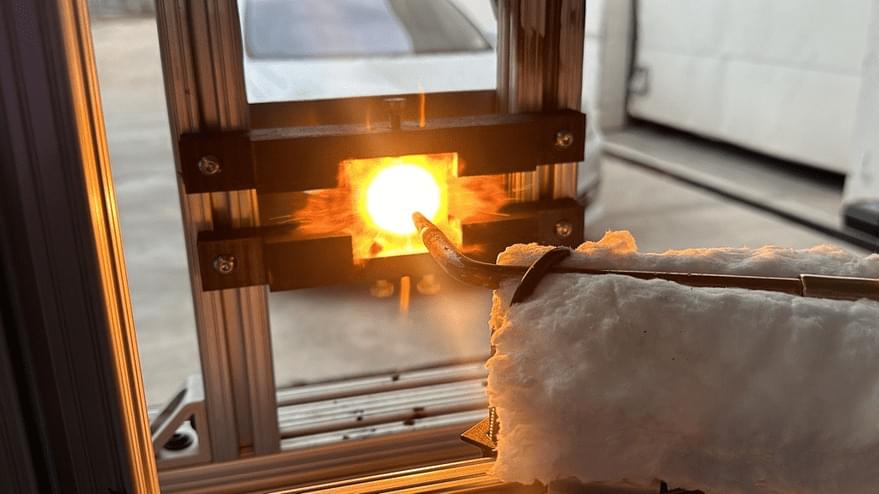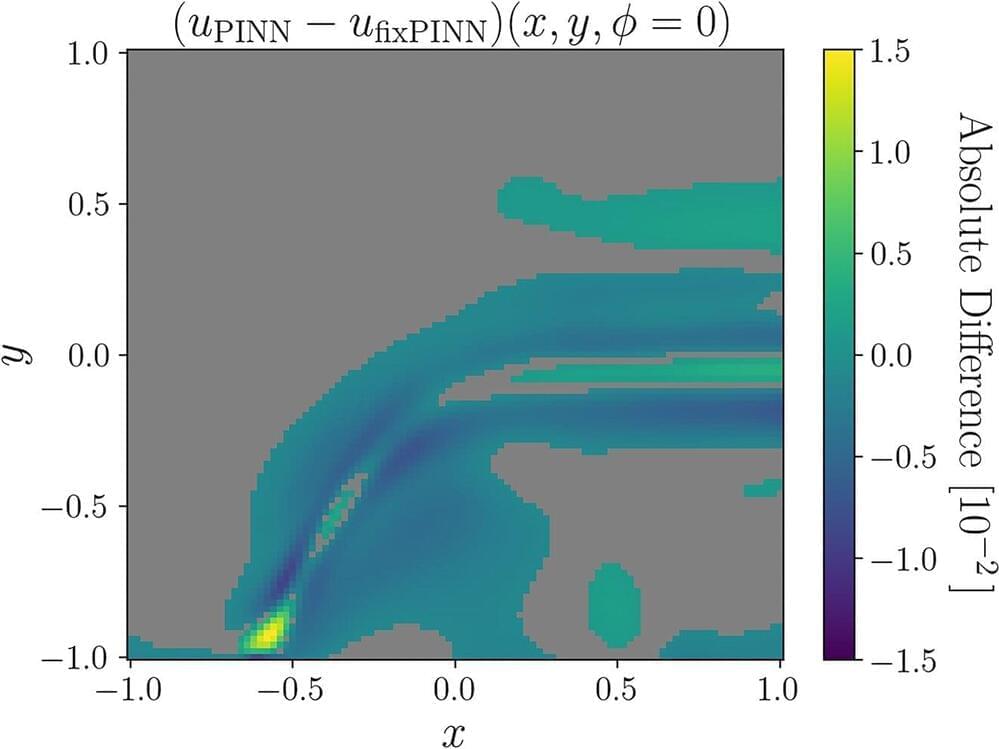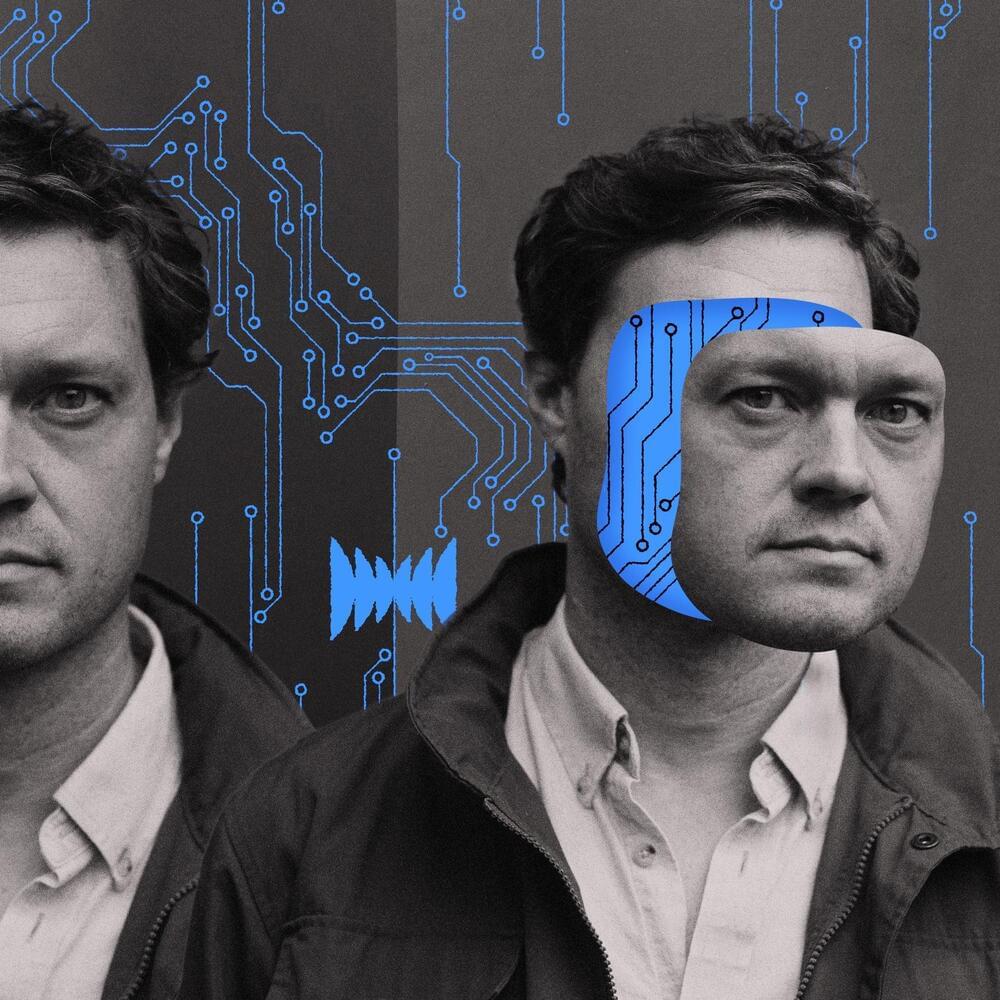Researchers from the University of Pisa developed a quantum subroutine to improve matrix multiplication for AI and machine learning applications.
When you multiply two large matrices—this is a common task in fields like machine learning, but it can be time-consuming, even for powerful computers…
In a recent study published in IEEE Access, a team of researchers from the University of Pisa introduced a quantum subroutine designed to streamline matrix multiplication. This subroutine is a new feature in the toolbox of matrix multiplication that could improve computational efficiency, particularly in applications like machine learning and data processing.
It’s A Matrix World And We’re Just Living In It
As noted by the study, Matrix multiplication is a central operation in fields such as machine learning, scientific computing, and computer vision due to its role in handling large datasets, training algorithms, and solving complex equations. In machine learning, matrix multiplication is used for operations such as transforming input data, training neural networks, and calculating gradients in optimization tasks. In scientific computing, it helps solve systems of linear equations and performs data compression, while in computer vision, it supports image processing tasks such as filtering and transformations.
